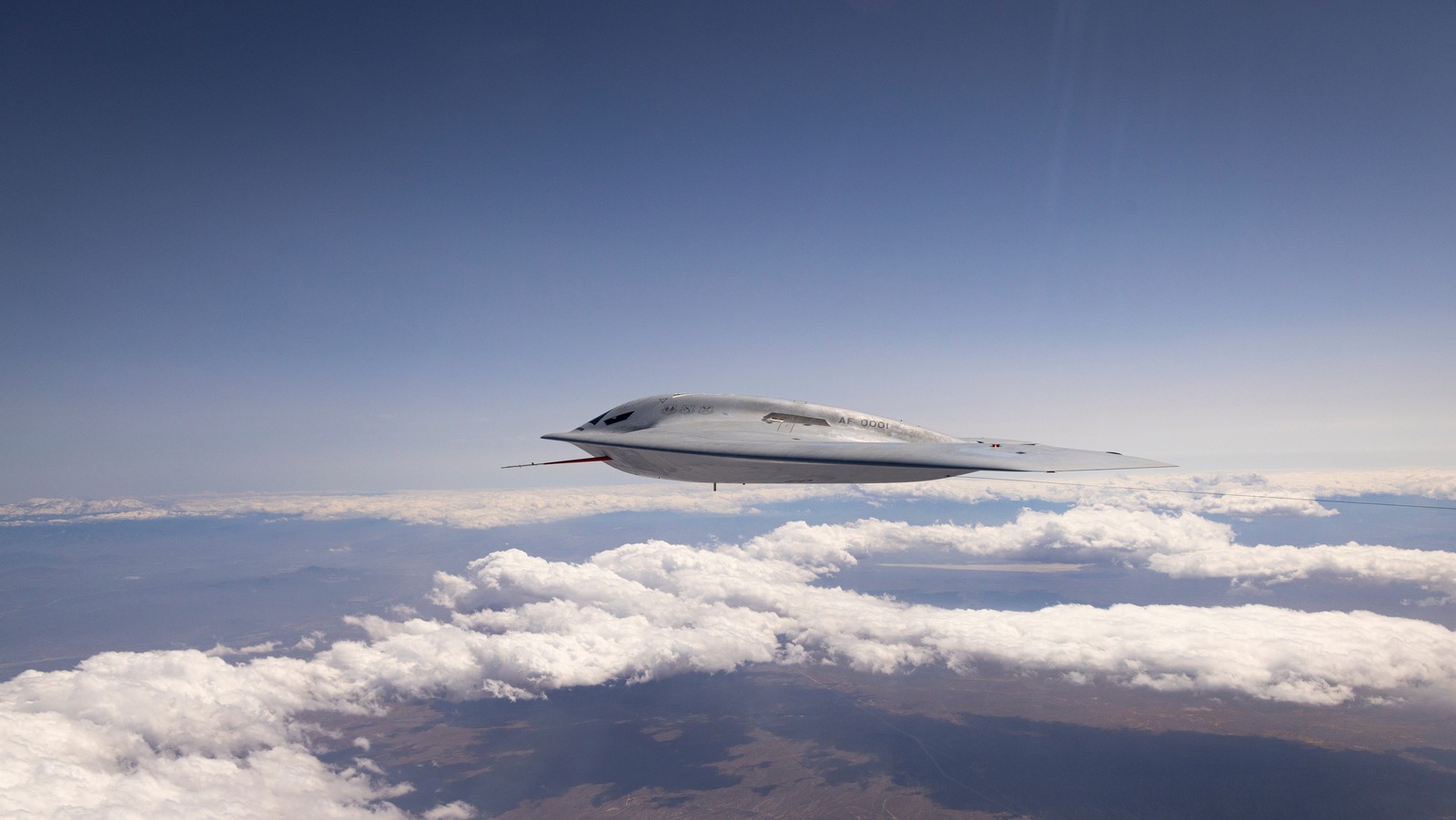The B-21 Raider is the first new bomber for the United States Air Force since 1989, ushering in the sixth generation of aircraft. When it comes to advanced technology, America likes to keep some details close to its chest. Even today, the United States won’t sell the F-22 Raptor to foreign countries as a precaution. It’s one of the most advanced fighter jets in the world, and if it were to fall into the wrong hands, it would put America at a disadvantage. It’s no different with the tight lips when it comes to the B-21 engines.
If adversaries knew intimate details about developing technology, they’d be able to add similar tech to their aircraft or upgrade defensive systems to counter the bomber. Air Force Gen. Arnold Bunch Jr. told the Senate Armed Services Committee in 2016, “We’re trying to balance the transparency that we want to do with the public so that they understand what we’re doing, but we’re also trying to protect the critical capabilities of this asset.”
When it comes to designing stealth aircraft, there are a lot of different tradeoffs that engineers make in order to reduce its radar signature. Keeping these details hush-hush is as much about the actual stealth technology as it is about the various choices and mixes made. One type of engine might provide superior thrust, but it also might mean increased visibility on infrared systems.


